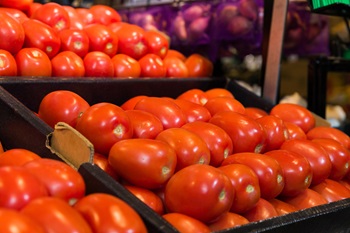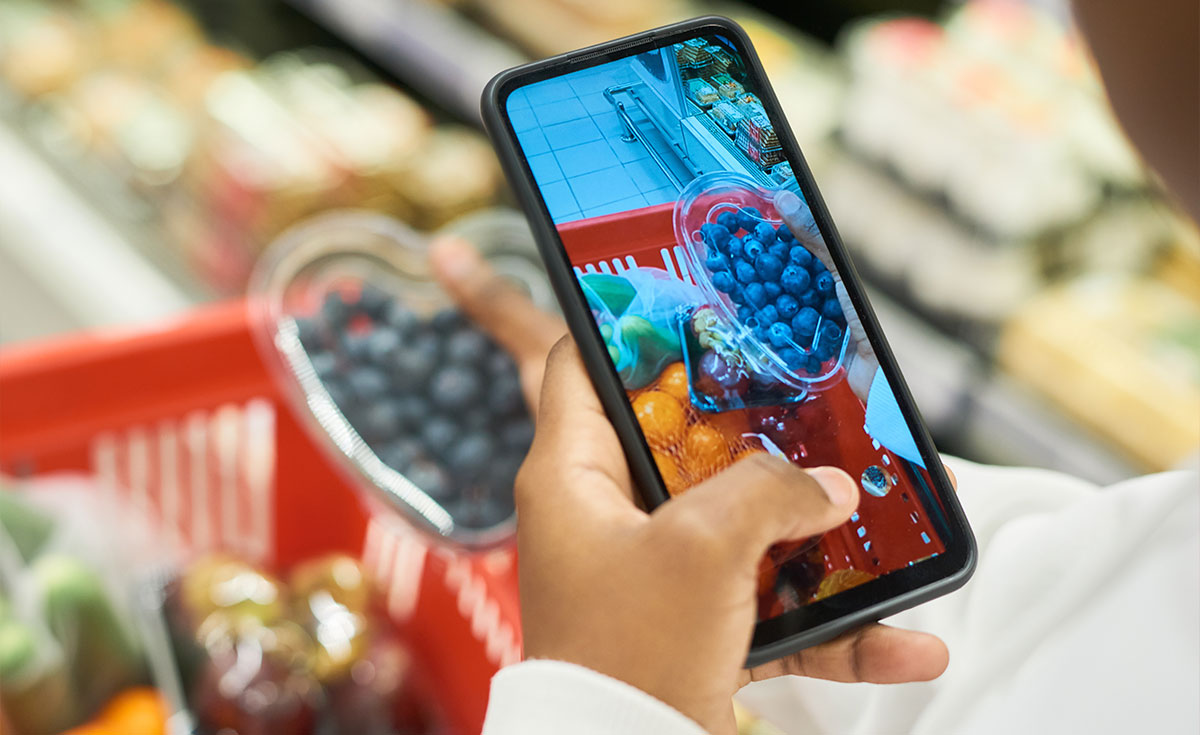By Rick Stein, Vice President, Fresh Foods, FMI

It’s been said the COVID-19 pandemic has accelerated many trends that were already underway. That is certainly true about the growth of ecommerce in food retail, which has surged in the COVID-19 era.
That growth, however, has impacted more than just Center Store categories. It has resulted in more online purchases of fresh foods as well — with many customers buying fresh online for the first time, according to FMI’s U.S. Grocery Shopper Trends 2020 report.
As a result, retailers need to increasingly focus on how to succeed with fresh across their omnichannel enterprises. They have to make sure fresh remains a differentiator regardless of the selling channel — from in-store to ecommerce.
Retailers need to meet growing shopper demands for quicker turnarounds of online orders, including for fresh foods. Also important is achieving in-stock status, minimal shrink, freshness of products — and of course profitability.
These and other necessities were addressed in a recent FMI webinar that is part of our ongoing A FreshForward Conversation series. The webinar featured a discussion I had with two executives from Invatron, a technology company that delivers solutions to improve retail fresh foods operations. Their focus is on how demand forecasting can enhance retailer strategies in fresh. Invatron was a sponsor at last year’s FMI FreshForward event so I’m pleased they are helping us continue the discussion.
Leveraging Technology for Fresh Forecasting
“Fresh intelligent forecasting is an important area to focus on,” said Michael Lang, Invatron’s senior vice president of sales and operating partner. “The expectation going forward will be for flawless execution and technology can help accomplish that.”
He said success requires good data integrity and algorithms to predict outcomes with a higher degree of certainty. Companies need to connect demand to the supply chain. However, he added, the food retail industry hasn’t embraced data and technology to the same extent as some other industries.
“You need intelligence behind the forecasts to help alleviate high labor costs and big supply chain challenges in fresh,” he said. “If you don’t do it right you’ll be out of stock and lose margins.”
Innovating in Fresh Across Sales Channels
One of the biggest imperatives is making sure that fresh retains its differentiator status through ecommerce — similar to the role it plays in-store.
“Fresh isn’t about a cookie-cutter mentality,” said Joe Smirlies, senior vice president of product, Invatron. “Retailers need to stay with what makes them different. Fresh is an experience-based play and that experience has to be leveraged and utilized in ecommerce.”
Joe said that retailers need to “simplify complexity” in order to achieve success.
“Technology needs to support that in ecommerce,” he said. “You need a technology partner that is sensitive to operational constraints.”
Identifying Next Steps for Progress
FMI member companies are interested in growing sales of fresh foods via ecommerce. Retailers have the opportunity to advance fresh by leveraging technology solutions focused on predictive analytics. While all investments carry costs, companies need to consider the costs of not taking action. That’s why I believe it is important for companies to identify which strategies will best advance their operations.
Meanwhile, we’ll continue to present our monthly FreshForward Conversations series. The next one will feature Smithfield Foods’ Joe Weber, chief commodity hedging officer, discussing next steps for enhancing meat industry strategies. That webinar is set for March 10 at 2 p.m. EST. Please also mark your calendars for August 17 to 19, the dates for FreshForward 2021 in Minneapolis.


 Industry Topics address your specific area of expertise with resources, reports, events and more.
Industry Topics address your specific area of expertise with resources, reports, events and more.
 Our Research covers consumer behavior and retail operation benchmarks so you can make informed business decisions.
Our Research covers consumer behavior and retail operation benchmarks so you can make informed business decisions.
 Events and Education including online and in-person help you advance your food retail career.
Events and Education including online and in-person help you advance your food retail career.
 Food Safety training, resources and guidance that help you create a company food safety culture.
Food Safety training, resources and guidance that help you create a company food safety culture.
 Government Affairs work — federal and state — on the latest food industry policy, regulatory and legislative issues.
Government Affairs work — federal and state — on the latest food industry policy, regulatory and legislative issues.
 Get Involved. From industry awards to newsletters and committees, these resources help you take advantage of your membership.
Get Involved. From industry awards to newsletters and committees, these resources help you take advantage of your membership.
 Best practices, guidance documents, infographics, signage and more for the food industry on the COVID-19 pandemic.
Best practices, guidance documents, infographics, signage and more for the food industry on the COVID-19 pandemic.
